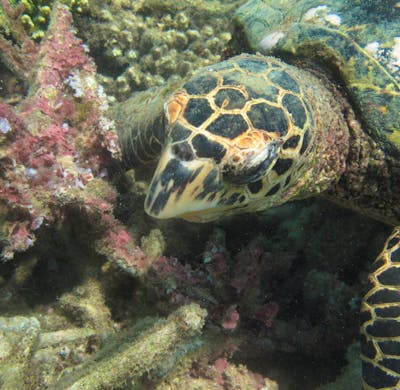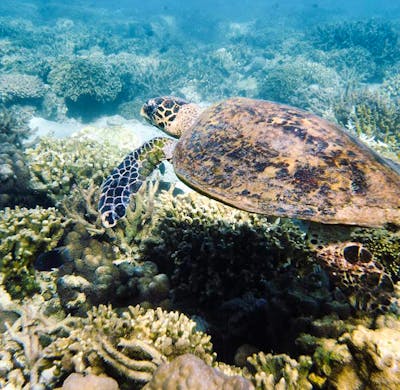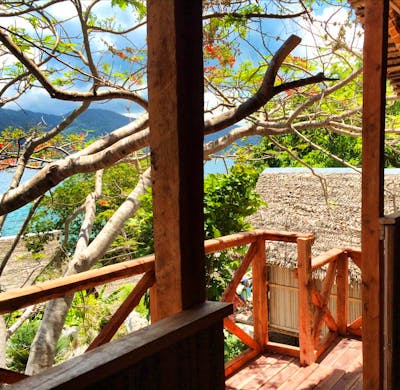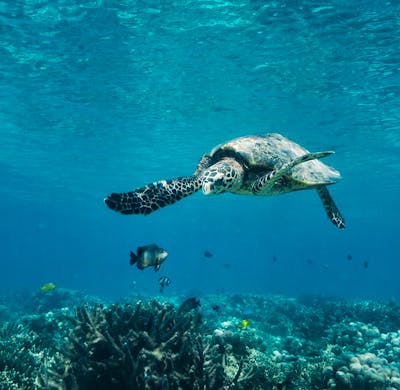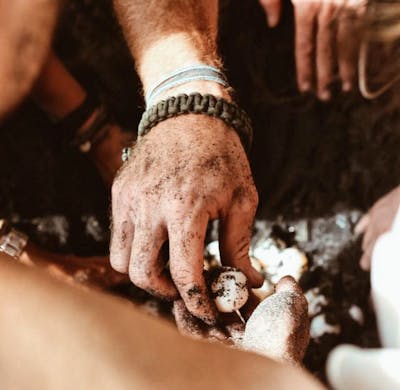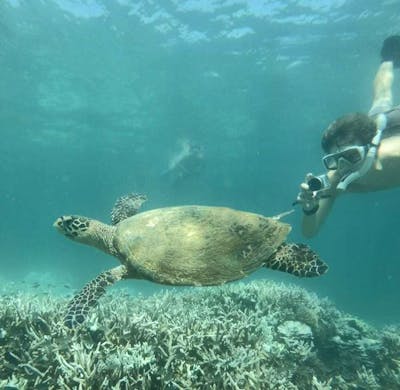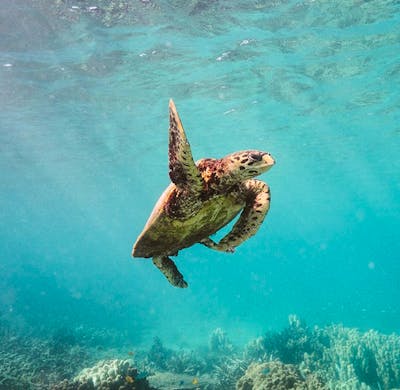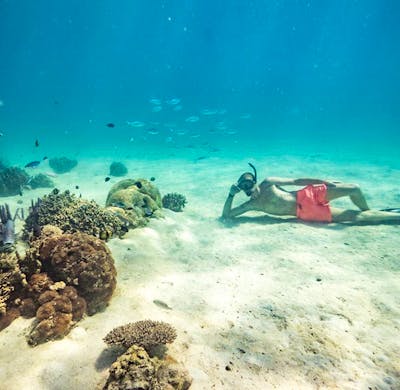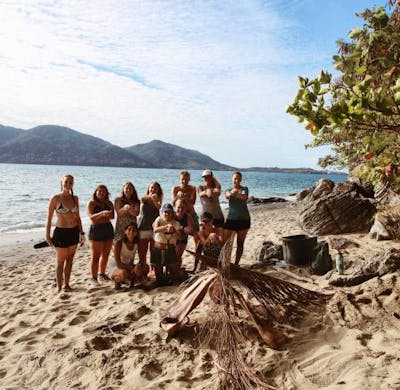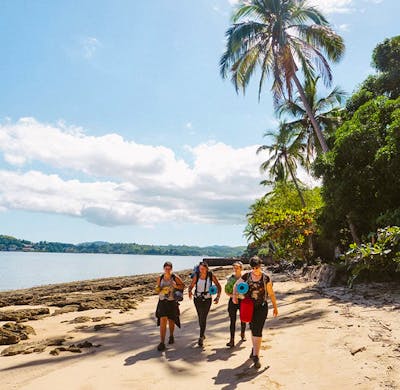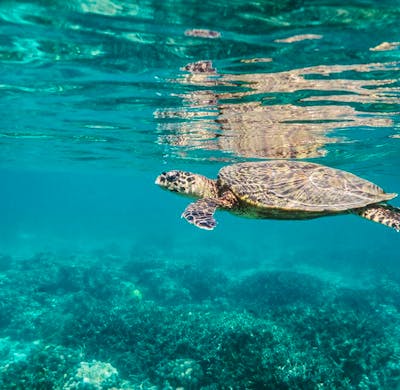2024 at Sea Turtle Conservation Monitor
Sea Turtle Conservation Monitor
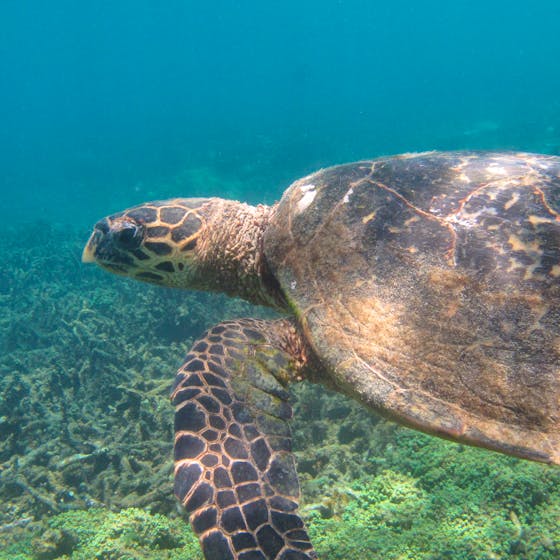
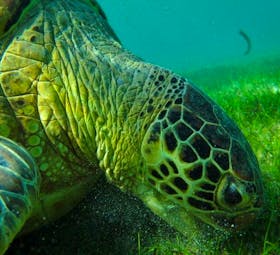
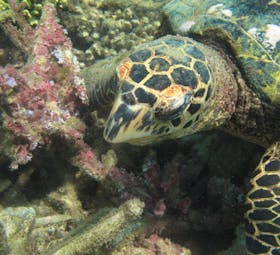
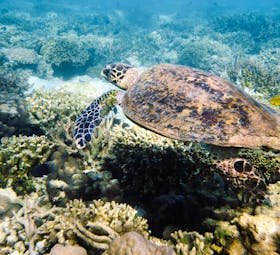
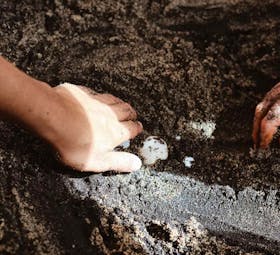
Highlights
- Engage directly in conservation efforts by monitoring sea turtle populations.
- Contribute to global databases that help inform international turtle conservation strategies and policies.
- Gain valuable skills in species identification, data collection, snorkeling, and underwater surveying, with training provided on seagrass and turtle species.
- Experience local culture and traditions through Malagasy lessons and engaging with the local community.
- Explore the beautiful surrounding islands in your free time.
- Engage directly in conservation efforts by monitoring sea turtle populations.
- Contribute to global databases that help inform international turtle conservation strategies and policies.
- Gain valuable skills in species identification, data collection, snorkeling, and underwater surveying, with training provided on seagrass and turtle species.
Especially good for
About the program
MRCI’s Sea Turtle Monitoring Program has been established to identify and develop Safe Turtle Breeding Zones in North Western Madagascar
Sea Turtle Monitoring Program:
The Madagascar Research and Conservation Institute (MRCI) is dedicated to the conservation of sea turtles in North Western Madagascar through our Sea Turtle Monitoring Program. This initiative is focused on identifying and protecting safe breeding zones to help ...
Typical day
Generally, each program has morning and afternoon activities, however the Sea Turtle Monitoring program also includes night activities. After dinner each day, we have a briefing to go over activities for the following day. NOTE: The schedule will vary depending on the project, weather etc. for that ...
Free-time activities
Only cash is accepted on Nosy Be and Nosy Komba. There are no ATMs located on Nosy Komba, therefore all cash needs to be drawn ATMs located on neighbouring Nosy Be. The ATMs all take VISA; only one or two will accept MasterCard. Depending on weekend activities and the number of souvenirs and snacks ...
Requirements
What's Included
What's NOT included?
Details on arrival
MRCI's Turtle Monitoring Program runs all year round. Start Dates are the 1st and 3rd Monday of each month.
ARRIVAL DAY: You will be met at the airport (or port) on Nosy Be by our driver or an MRCI staff member. If you arrive before Sunday, you will be dropped off at your hotel after a tour of Hellville. On Sunday, you will meet a staff member at a predetermined time and place for transfer to the volunteer camp on Nosy Komba.
SUNDAY
- 10:00 Tour of Hellville (if not already complete)
- 12:00 Boat to camp on Nosy Komba accompanied by a staff member
- 14:00 Camp tour upon arrival
- 16:30 Free time to unpack, settle in and meet your hut mates
- 18:00 Dinner
- 18:45 Daily Board Briefing (staff will go over the schedule and activities for the following day)
- 07:30 Breakfast
- 08:30 Orientation Presentation
- 10:00 Health and Safety Presentation
- 11:00 Complete and sign forms and paperwork
- 12:00 Lunch
- 14:00 Walk to the neighbouring village of Ampang for a tour led by staff
- 17:00 May walk or take the teacher's boat back to camp (costs 2,000 MGA/person for the boat)
- 18:00 Dinner
- 18:45 Daily Board Briefing
Program fees
Meet your organization
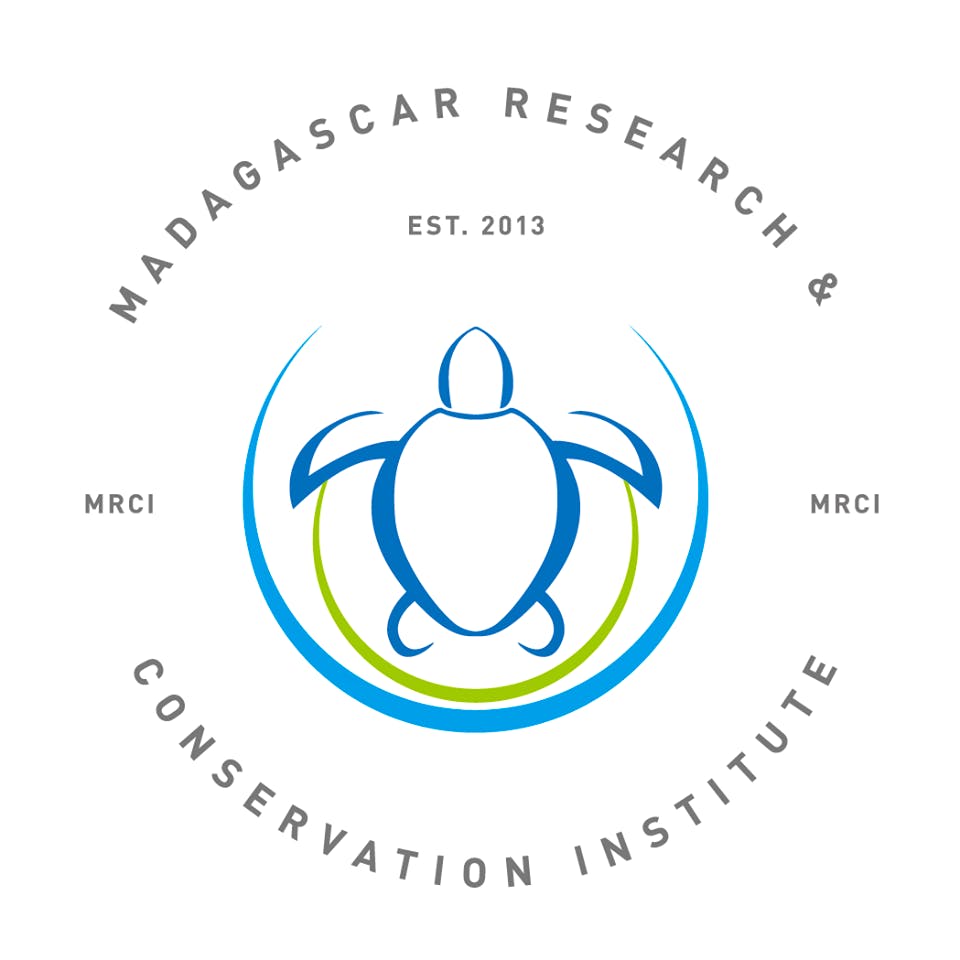
MRCI - Madagascar Volunteer
Agency - founded in 2013
Verified by Volunteer World
Coordinated by
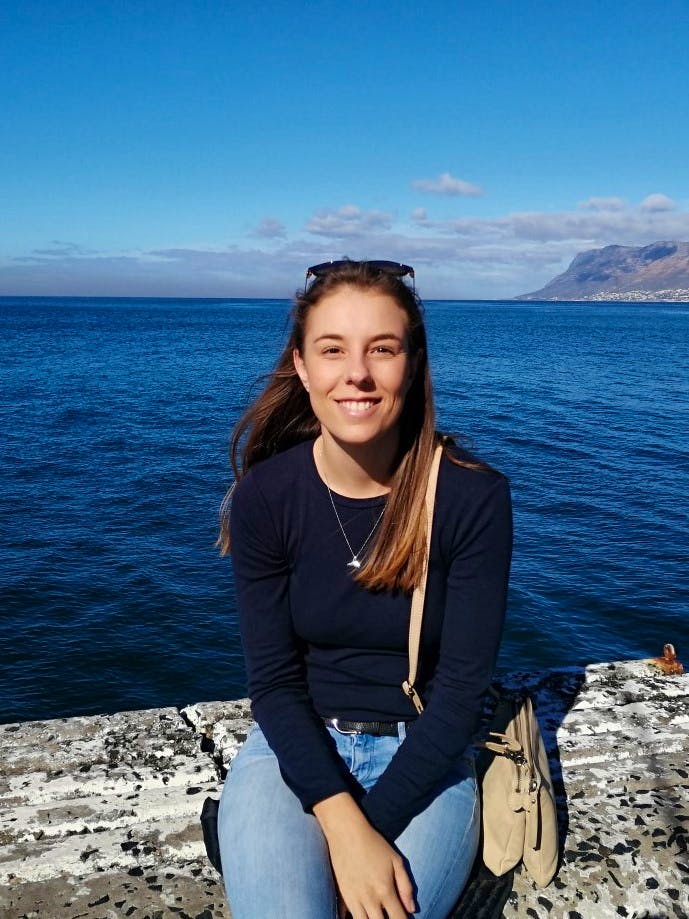
Bianca
About the project
30 reviews ·  4.6
4.6
Location

You might also be interested in
-
Ocean Cleaning
Plastic Reduction
Sea Turtle Conservation
Waste Reduction
50 Plus Volunteering
Global Volunteer Opportunities
Projects Abroad
Mission Trips
Volunteer Trips for College Students
Group Volunteering
Animals in Africa
Couples
Best Volunteer Programs
Adults
Mission Trips to Africa
Voluntouring


